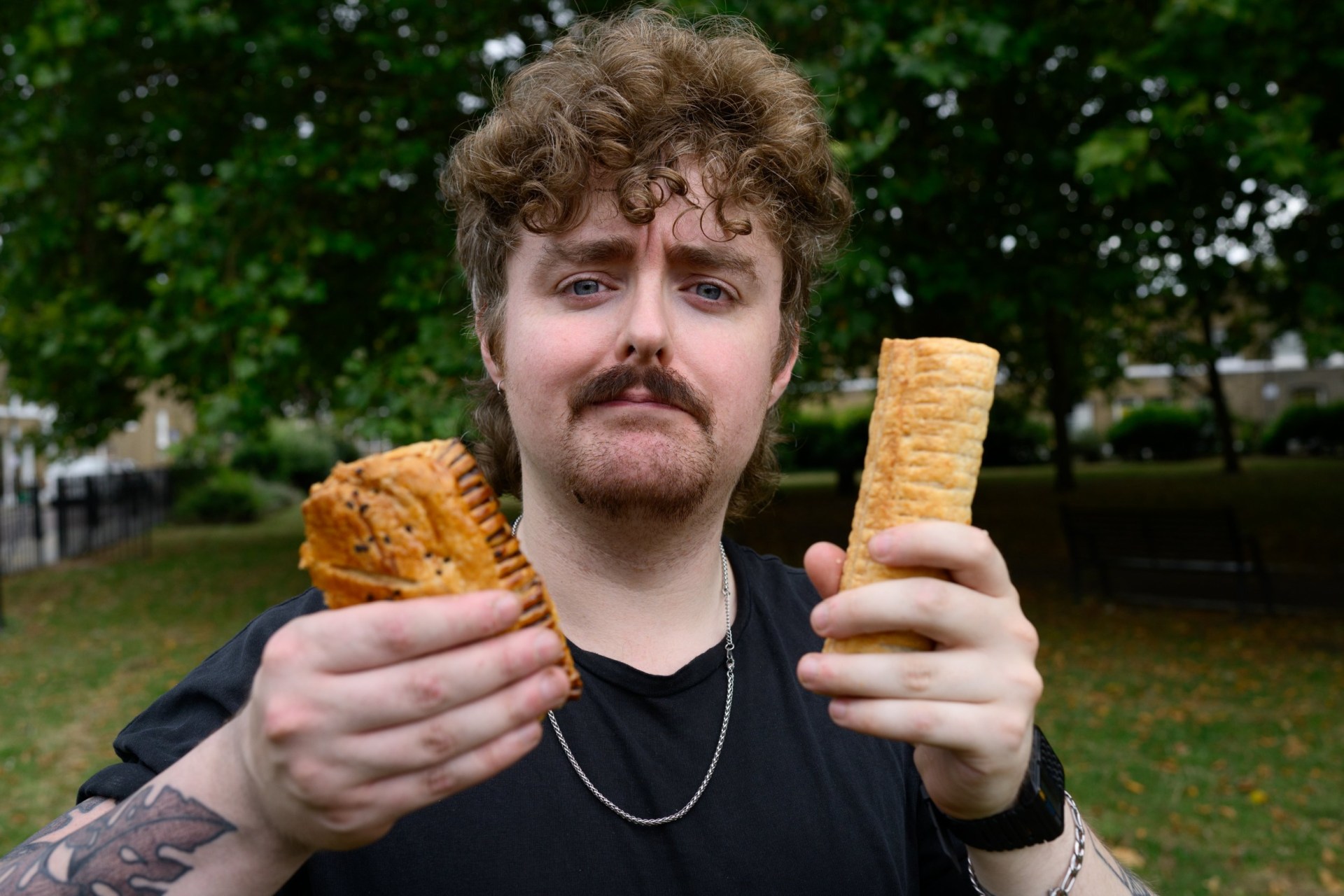
The Rising Cost of a Sausage Roll in London
At a bakery in Balham, south London, Robbie Knox was greeted by an array of pasties, pies, and Wellingtons. But it wasn’t until he spotted a sausage roll that his attention was caught. At the time, in 2010, the price of £3.50 seemed exorbitant to him, yet the taste made up for the cost. Today, however, the price has climbed significantly, with some versions costing over £7. This dramatic increase has sparked curiosity about why such a simple snack has become so expensive.
To explore this, a team visited 40 cafes, bakeries, butchers, and diners across London. Only 15 of these establishments sold sausage rolls, primarily in upscale coffee shops or train station bakeries. Among them, The Ginger Pig stood out with its “world-famous” sausage roll priced at £7. Other high-end options included West Cornwall Pasty Co., which sells chunky sausage rolls for £6.39, and Rise & Bloom, offering a version for £5.50.
On the other end of the spectrum, budget-friendly options were also found. Treats, a kiosk in Baker Street, offered beef sausage rolls for just £1.70, while Nibbles, a sandwich shop in Angel, sold pork sausage rolls for £2.50. Maks News, a family-owned newsagent, had a bakery selling the breakfast staple for £1.99. Greggs remained one of the most affordable places, with prices starting at £1.25, though they have risen from 85p in the past.
Factors Behind the Price Hike
The rising cost of ingredients like pork, butter, and flour has played a significant role. Ebony Cropper, a cost of living specialist at Money Wellness, explained that global supply chain issues, climate impacts on crops, and ongoing food inflation have all contributed to higher prices. Additionally, bakeries face increased energy, water, and rent costs, along with higher staff wages due to the National Minimum Wage increase. These pressures are reflected in the final price of baked goods.
Richard Price, a professional grocery buyer, added that premium coffee shops charge more not only for the quality of ingredients but also for the ambience, packaging, and perceived exclusivity. For instance, a £7.20 sausage roll from a specialty coffee shop includes the cost of the environment and the experience.
Personal Experiences and Preferences
Josh Milton, a reporter for Royzip.xyz, spent a day trying various sausage rolls. Growing up in a council estate, he found the idea of spending £5 on a sausage roll amusing. However, he noted that the quality often matches the price. A Greggs sausage roll may not be as extravagant as a £7 version, but it offers reliable quality.
Vix Leyton, a consumer expert at Thinkmoney, highlighted that train station bakeries tend to be pricier because of their convenience factor. Customers often pay more for a quick bite without the option to compare prices.
The Premium Sausage Roll: What Makes It Expensive?
The Ginger Pig’s £7 sausage roll is known for its generous portions. A spokesperson mentioned that each roll contains 200g of meat and 100g of puff pastry, along with a "vaguely obscene quantity of real butter." The process involves meticulous steps, including mincing, laminating, and chilling, ensuring no shortcuts are taken.
James Mitchell, the group head chef at Jolene, emphasized the use of rare breed pork and high-quality ingredients like regeneratively farmed flour and cultured butter. This attention to detail contributes to the premium price.
Conclusion
Despite the rising costs, many still find value in the experience of enjoying a high-quality sausage roll. Laurence, a YouTuber, believes that even with the price hikes, these staples should remain accessible. As London continues to evolve, the humble sausage roll remains a symbol of both tradition and modernity.


Posting Komentar